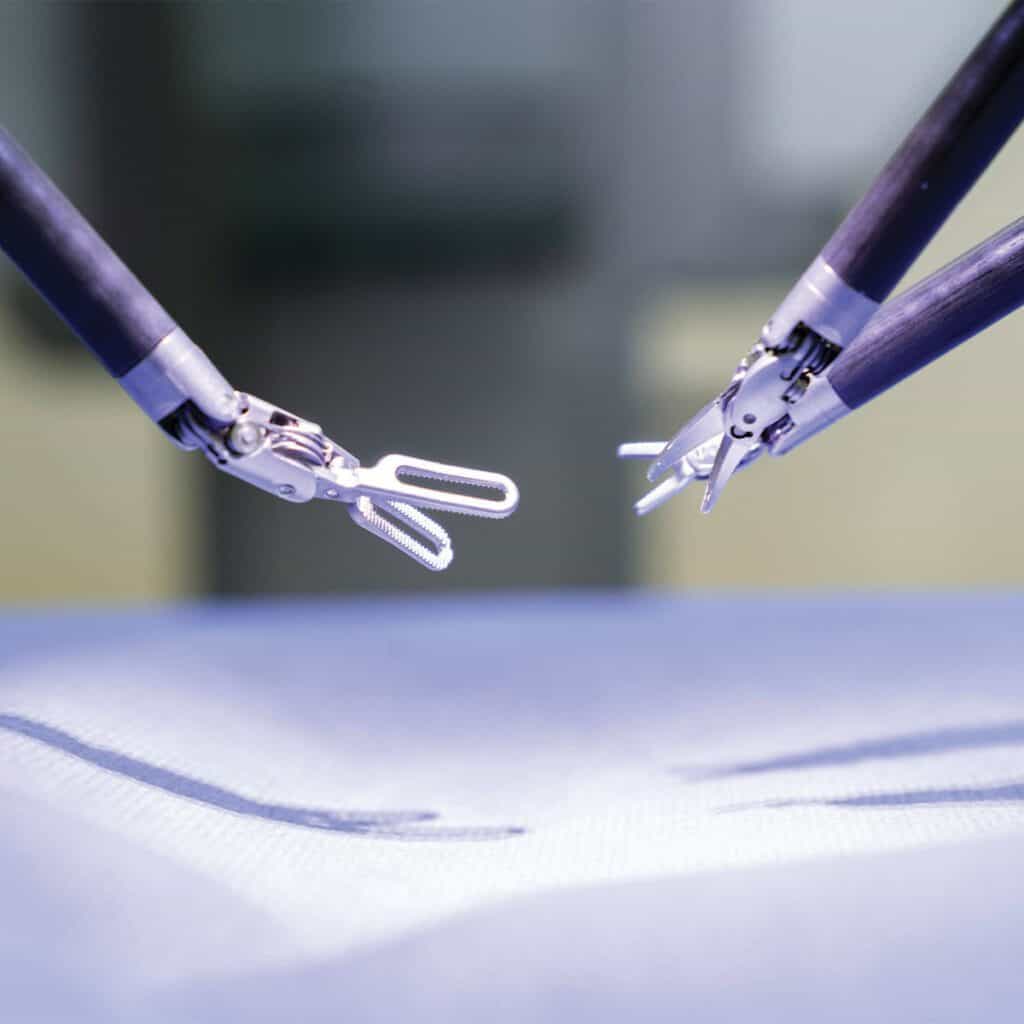Annual Tech for your Health
Medical technology is constantly evolving to better treat today’s health and wellness concerns. From state-of-the-art diagnostic imaging to minimally invasive robotic surgery, read on to learn more about the latest technological advancements in healthcare.
Robotic approaches to surgery are gaining popularity, including in hernia treatment.
A hernia occurs when an organ pushes through an opening or weakness in the muscle or tissue that contains it. Symptoms depend on the type of hernia and range from pressure and a dull ache to no symptoms at all. The telltale sign of a hernia is a visible bulge, typically in the abdomen or groin area.
Surgery is the only way to repair a hernia. During this procedure, a surgeon puts the affected organ back in place and closes the muscle layer, restoring a strong barrier. While open surgery is the traditional route, a robotic approach is becoming an increasingly popular alternative.
How Does It Work?
While the patient is under general anesthesia, a surgeon will operate the robotic system from a nearby console.

A thin scope with a camera will be inserted via a small incision and provide a detailed view of the organs to the operating room. After maneuvering the robot to perform the hernia repair, the surgeon will close the incisions and conclude the procedure.
The Benefits of Robotic Hernia Repair
Precision. Robotic systems allow surgeons to perform complex maneuvers with ease. They offer a wider range of motion and improved dexterity compared to the human hand, enhancing surgical accuracy.
Improved imaging. The advanced imaging technology used during robotic hernia repair provides a three-dimensional, high-definition view of the surgical area. This clear visualization keeps the surgeon highly informed as they operate.
Faster recovery. Robotic hernia repair is less invasive than open surgery, requiring only three or four small incisions. Fewer incisions means less post-operative pain, fewer wound complications, and a shorter recovery time.


